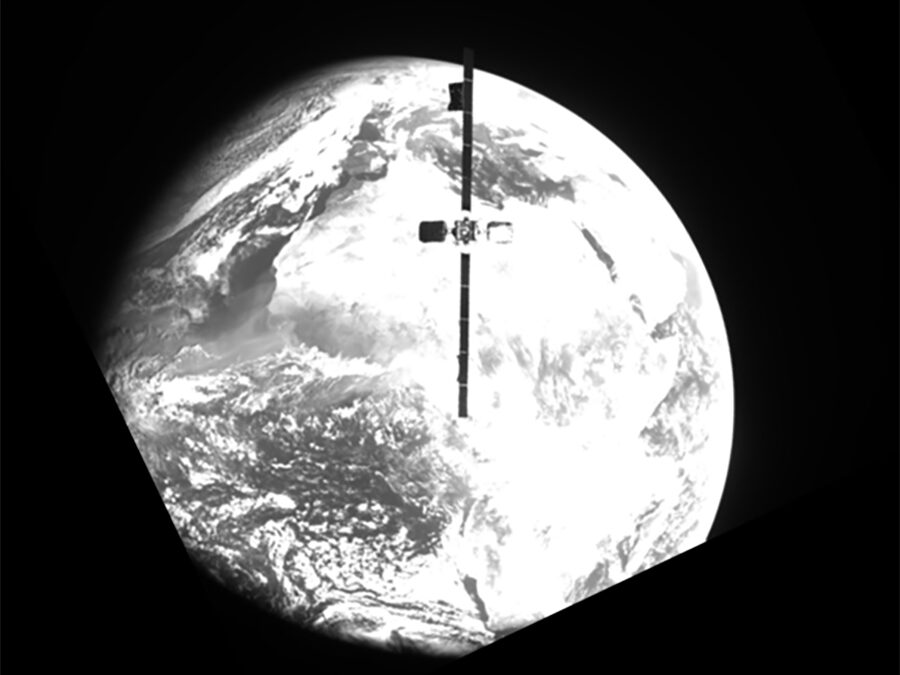 Northrop Grumman and subsidiary SpaceLogistics have successfully completed the docking of the Mission Extension Vehicle-2 (MEV-2) to Intelsat 10-02 (1 degree West) to deliver life-extension services to the 16 year-old satellite.
Northrop Grumman and subsidiary SpaceLogistics have successfully completed the docking of the Mission Extension Vehicle-2 (MEV-2) to Intelsat 10-02 (1 degree West) to deliver life-extension services to the 16 year-old satellite.
It’s the second time that Northrop Grumman has carried out such a mission after it successfully docked to the Intelsat 901 (IS-901) satellite in February 2020. Unlike MEV-1, which docked above the GEO orbit before moving IS-901 back into service, MEV-2 docked with IS-10-02 directly in its operational GEO orbital location.
“Today’s successful docking of our second Mission Extension Vehicle further demonstrates the reliability, safety and utility of in-space logistics,” said Tom Wilson, vice president, strategic space systems, Northrop Grumman and president, SpaceLogistics. “The success of this mission paves the way for our second generation of servicing satellites and robotics, offering flexibility and resiliency for both commercial and government satellite operators, which can enable entirely new classes of missions.”
MEV-2 will provide five years of service to Intelsat 10-02 before undocking and moving on to provide services for a new mission.
Intelsat 10-02 delivers broadband and media distribution services to Intelsat customers across Europe, the Middle East, Africa and South America; it is a key satellite in the Intelsat-Telenor Satellite 1? West video neighborhood, which distributes more than 900 channels to some 18 million TV households across Europe.
Intelsat Chief Services Officer Mike DeMarco described the technology as ‘win-win’. Intelsat has pioneered innovations in space-based technology for more than five decades. “We are proud to work side by side with Northrop Grumman on today’s groundbreaking mission, the first-ever docking of a communications satellite in GEO orbit.”
Telenor Satellite own about half of IS-10-02’s Ku band payload, which it markets as THOR 10-02 and contributed to the mission.